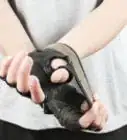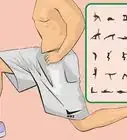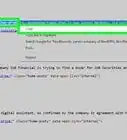This article was co-authored by wikiHow staff writer, Eric McClure. Eric McClure is an editing fellow at wikiHow where he has been editing, researching, and creating content since 2019. A former educator and poet, his work has appeared in Carcinogenic Poetry, Shot Glass Journal, Prairie Margins, and The Rusty Nail. His digital chapbook, The Internet, was also published in TL;DR Magazine. He was the winner of the Paul Carroll award for outstanding achievement in creative writing in 2014, and he was a featured reader at the Poetry Foundation’s Open Door Reading Series in 2015. Eric holds a BA in English from the University of Illinois at Chicago, and an MEd in secondary education from DePaul University.
There are 12 references cited in this article, which can be found at the bottom of the page.
This article has been viewed 11,813 times.
Learn more...
If you’re looking to bulk up or improve your one-rep max at the gym, activating your fast twitch muscle fibers can be a serious game changer. Every muscle in your body is made up of a combination of fast and slow twitch muscle fibers. Fast twitch fibers are activated during explosive movements, while slow twitch fibers help with repetitive, slower movements. As a result, you can target fast twitch fibers by making a few minor changes to your exercise habits. Read on if you want to know more about how your muscles work and what you can do to get those fast twitch fibers twitching even faster!
Steps
References
- ↑ https://www.bbc.co.uk/science/humanbody/body/factfiles/fastandslowtwitch/soleus.shtml
- ↑ http://medcell.med.yale.edu/histology/muscle_lab.php
- ↑ https://medlineplus.gov/ency/imagepages/19841.htm
- ↑ https://www.scientificamerican.com/article/muscles-genes-cheats-2012-olympics-london/
- ↑ https://youtu.be/3xTjnwo2S2A?t=14
- ↑ https://www.unm.edu/~lkravitz/Article%20folder/hypertrophy.html
- ↑ https://www.mensjournal.com/health-fitness/muscle-fiber-test/
- ↑ https://pubmed.ncbi.nlm.nih.gov/12811774/
- ↑ https://medlineplus.gov/genetics/understanding/traits/athleticperformance/
- ↑ https://youtu.be/3xTjnwo2S2A?t=3
- ↑ https://digitalcommons.wku.edu/ijesab/vol2/iss8/108/
- ↑ https://www.unm.edu/~lkravitz/Article%20folder/hypertrophy.html
- ↑ https://www.patriotledger.com/article/20130707/NEWS/307079755
- ↑ https://www.bbc.co.uk/science/humanbody/body/factfiles/fastandslowtwitch/soleus.shtml

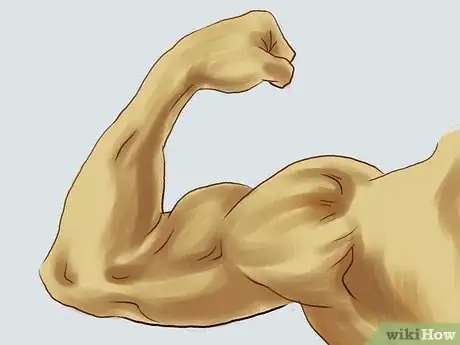
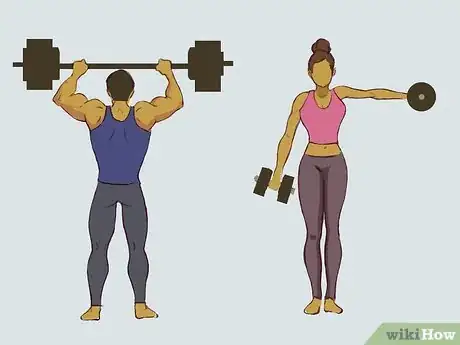

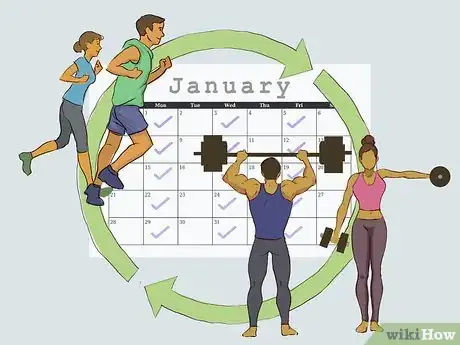

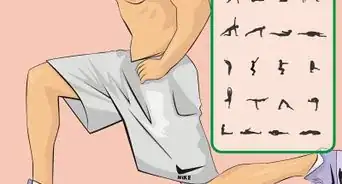
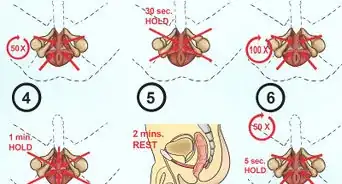
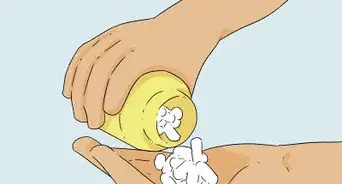
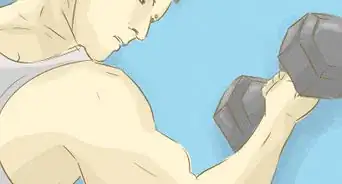

-Step-24.webp)









